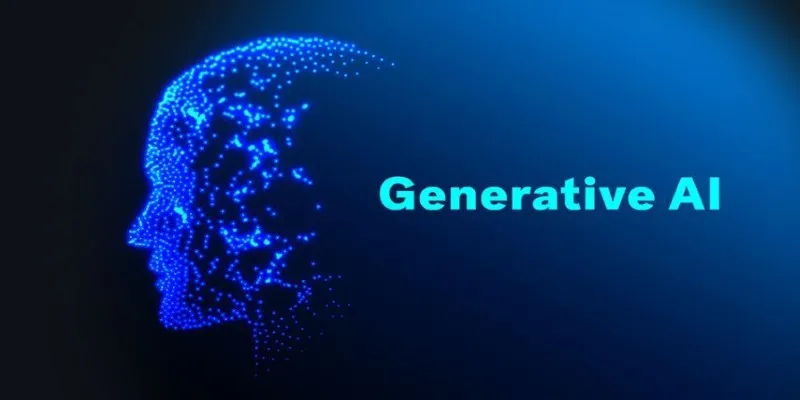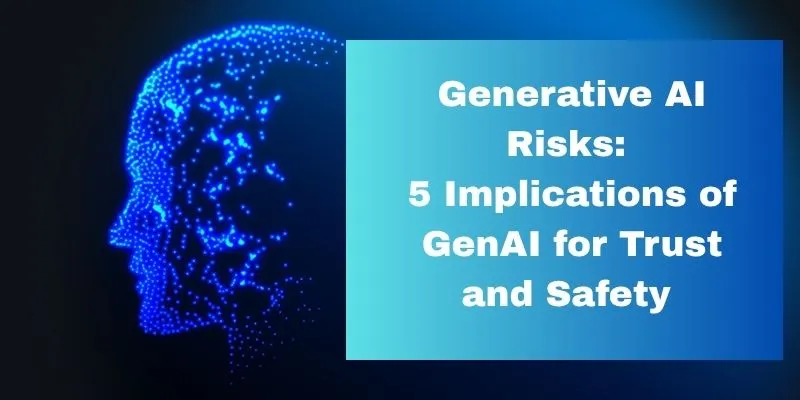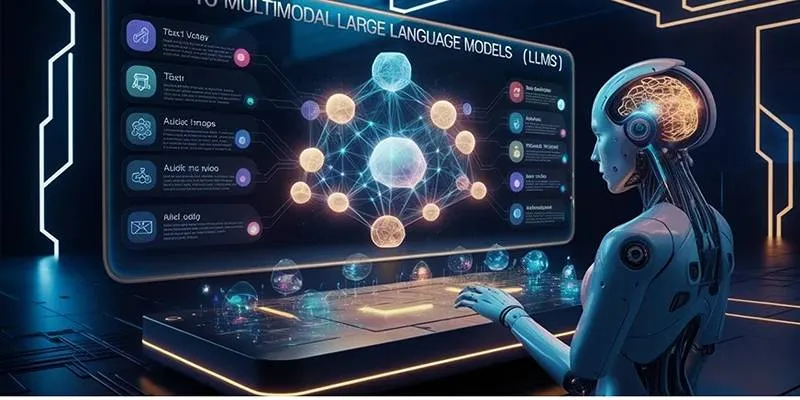Generative AI is moving beyond research labs and entering real-world health care. One company is spearheading this shift by applying generative AI models to radiology, aiding doctors in analyzing medical images faster and more accurately. With a current valuation of $525 million, the company has demonstrated a strong demand for practical, dependable technology that addresses everyday challenges in medicine.
The Role of Generative AI in Radiology
Radiology generates vast amounts of data, and human readers often work under pressure, increasing the risk of mistakes. This company’s approach combines advanced machine learning with clinical insight, offering radiologists meaningful support without removing their decision-making role.
How It Works
Radiology involves identifying subtle disease signs hidden in images like X-rays, CT scans, and MRIs. As machines produce sharper images and patient care demands increase, radiologists face mountains of data with limited time. Generative AI steps in as a smarter assistant, learning from huge datasets — millions of annotated scans — and applying that knowledge creatively. It can flag potential abnormalities, suggest alternative image views for clarity, or even draft structured reports for doctors to review.
These models are trained to recognize not only what disease looks like but also how it varies from patient to patient. When a new scan arrives, the AI compares it to its learned data, generating detailed suggestions. For radiologists, it’s like having an extra pair of sharp eyes, helping catch mistakes, speeding up reading times, and improving safety by ensuring nothing obvious or subtle slips through unnoticed.
Enhancing Clinical Practice with AI
The company’s technology is reshaping workflows in hospitals and diagnostic centers. In emergency departments, where speed affects outcomes, radiologists rely on AI to flag urgent findings like suspected brain bleeds, collapsed lungs, or blocked arteries, ensuring critical scans receive immediate attention. The AI generates preliminary reports for radiologist review, reducing time without sacrificing accuracy.

In outpatient care, where radiologists review large volumes of routine studies, AI ensures nothing is overlooked. Reports become standardized, aiding referring doctors and surgeons in understanding results more easily. Improved clarity in communication can prevent unnecessary repeat imaging or delays in treatment plans. Educational benefits are also evident, as new radiologists compare their assessments with AI-generated ones, receiving real-time feedback to learn quickly and confidently. The AI serves as a consistent guide, spotting subtle findings easily missed by inexperienced or fatigued individuals.
The technology is valuable for second opinions, acting as a second reader in settings with only one radiologist on duty. This is especially beneficial in rural or smaller hospitals with limited staffing. For patients, this translates to better care, regardless of location.
Beyond Hype: The $525 Million Valuation
A $525 million valuation shows this company is more than a trendy startup. Investors recognize that radiology, already dependent on digital imaging, is well-suited for scalable AI tools. Even slight improvements in diagnostic accuracy have measurable impacts on costs, patient outcomes, and provider efficiency. Hospitals and insurance providers benefit from fewer mistakes, avoided unnecessary procedures, and timely patient treatments.
The company has shown its generative AI models can adapt to various settings. Whether a large urban hospital or community clinic, the same platform can be fine-tuned for local needs. It meets privacy and security standards, such as HIPAA, making it suitable for environments where protecting patient data is crucial. By working alongside radiologists rather than replacing them, the company has earned trust within the medical community. This collaborative philosophy has secured partnerships and gained ground in a cautious market regarding new technologies.
Future Directions and Broader Implications
The company’s success is influencing how generative AI is perceived in other medical specialties. Pathology, dermatology, and cardiology, all reliant on image-based diagnostics, could benefit from similar models. Generating consistent, high-quality insights can support doctors in rural or understaffed areas, where experienced specialists are scarce. In radiology, ongoing improvements are expected to include predictive analytics, forecasting patient outcomes based on imaging trends over time.

While some worry about over-reliance on AI, early results suggest these tools help radiologists work more thoughtfully rather than faster for speed’s sake. By catching errors, standardizing reports, and allowing professionals to focus more on complex cases, generative AI could raise the overall standard of care.
The company is exploring ways to train its models on diverse datasets to minimize bias, an issue plaguing earlier AI systems. By incorporating images and data from various populations, it aims to ensure accuracy across genders, ethnicities, and age groups — a step forward in building trust among patients and providers alike.
Conclusion
This AI health care company illustrates how well-designed technology can complement, not replace, human expertise. Using generative AI in radiology helps radiologists manage heavy workloads, minimize errors, and provide quicker diagnoses. Its $525 million valuation highlights real-world impact and investor trust. As technology evolves, similar innovations may spread to other specialties, improving access to advanced diagnostics. Generative AI has moved beyond theory, showing its value daily in hospitals and clinics by reshaping how medical care is delivered.
 zfn9
zfn9























